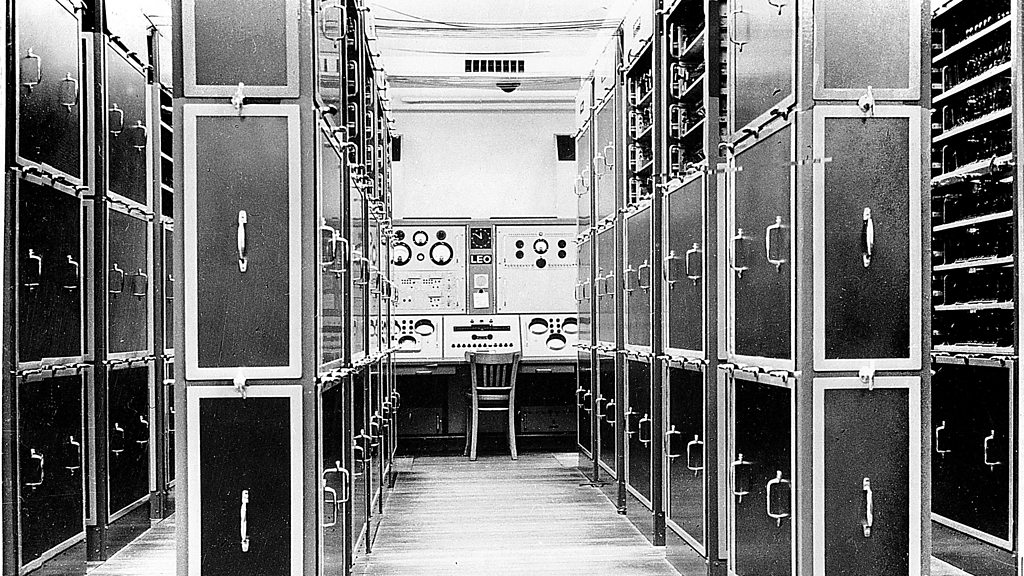P
preece67
Guest
Greetings all, not really sure if this is the right section to post this but here goes!.
A family member worked at Longbridge in the 1950's, and used the first computer installed there around 1958 - I have found very basic details along with a couple of pictures in old Birmingham books, but would like to find out more info if at all possible, As far as I can gather it was the EMI CP407 which was the first installed, for payroll, and was said to be the first major computer installation in this country at the time. The relative was photographed with it when it was installed, though I doubt those pictures still exist.
Any ideas/suggestions on where I may find further information gratefully received.
A family member worked at Longbridge in the 1950's, and used the first computer installed there around 1958 - I have found very basic details along with a couple of pictures in old Birmingham books, but would like to find out more info if at all possible, As far as I can gather it was the EMI CP407 which was the first installed, for payroll, and was said to be the first major computer installation in this country at the time. The relative was photographed with it when it was installed, though I doubt those pictures still exist.
Any ideas/suggestions on where I may find further information gratefully received.


